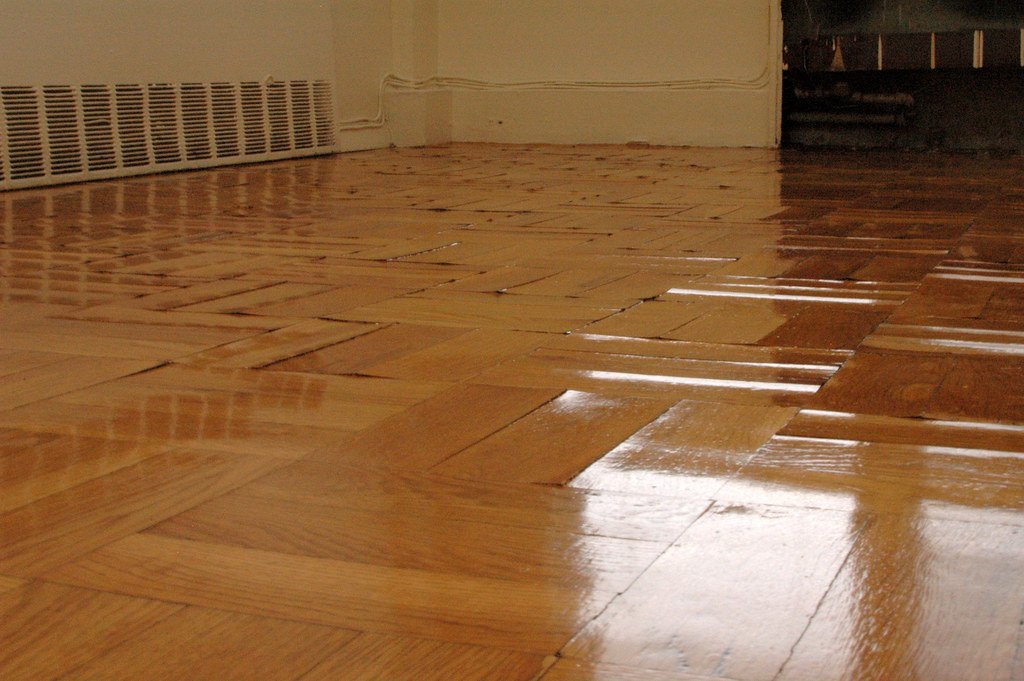Water damage happens suddenly and creates inconvenience. Other types of water damage also create havoc, such as flooding from burst pipes, faulty washing machine hoses, leaking or broken water heaters, and overflowing bathtubs.
The water damage has to be assessed, dried out, and cleaned before anything else can be done. Not an easy thing to do if you are not prepared for the worst. Even if you have done something before, it will undoubtedly take time and cost money each time. Seattle’s top-rated water damage recovery experts will inspect your home, deep dry, and do a final inspection after water damage. Read on to learn what shows your tile floor has had water damage and how to prevent water damage on your tile floor.
What Shows Your Tile Floor has Had Water Damage?
Water damage is one of the most common issues with tile floors, so if you notice any of these signs, it’s time to get on the phone with your contractor and start looking for solutions.
- Staining: Tile floors can stain just like any other flooring material, but a stain will likely form if you have water damage on your tile flooring. You may also notice discolored grout lines caused by mold growth inside the tile structure.
- Puddles and Water Rings: If there is a lot of standing water on your tile flooring, it’s easy to see where it’s coming from
- Loosening. It happens when you turn on your shower and the tile floor buckles and moves under your feet. Water can also leak through the grout between tiles, loosening them and causing them to float as they soak up water. Loosening is often accompanied by other signs of water damage, like mold and mildew growth.
- Warping. It happens when the flooring expands and contracts due to temperature changes in the room, especially if there’s a lot of moisture in the air. The tiles absorb moisture from the air, which causes them to expand and contract with every temperature change. It can cause cracks in your floor, so you should look for any signs of warping.
- Hollow sound. It is a sure sign of water damage. Water will not just seep into your subfloor; it can also cause a hollow sound. If you hear this, you have one of two options: replace the floor or fix the damage. If you choose to replace it, ensure you eliminate mold-related mold and bacteria that may have sprouted up.
How Can You Keep Tile Floor From Water Damage?
Water damage can happen to any tile floor. Here’s how to keep your tile floors safe from water damage:
- Ensure you have a good seal on your gutters and downspouts. It will prevent rainwater from entering the walls of your house and damaging them.
- Check for cracks in the tile floor in key areas that may allow water to seep through and cause damage to other parts of the flooring system. If you find any cracks, seal them up immediately with caulk or silicone sealant (depending on what type of tile your home has).
- Install a watertight drainage system that can help prevent water from getting into areas where it shouldn’t be going, like under sinks and behind toilets—or even into crawl spaces!
- Apply silicone sealant, which helps prevent seeping.
When Water Floods a Floor Tile, What Happens?
Flooding a tile floor is a major mistake. It causes damage to the grout in the tiles. In addition to damaging the grout between your tiles, flooding can damage your floor’s subfloor. The water will rise quickly through your tile floors and leave behind debris that can scratch or stain your baseboards or cabinets. You may also see cracks in your walls from where water leaks from below.
Flooding can also loosen tile adhesive, which means you’ll have to replace all of your tiles if you want them back in good shape again. It can be expensive—especially if you have an old house with lots of hardwood floors!
Caring for your tile floors is as important as cleaning the grout lines. Without proper care, dirt will collect on tile floors and cause even more damage, which cannot be reversed after damage. It is suggested that you protect your tile floor with a silicone sealant which will help keep water from seeping into the tile subsurface and causing harmful damage to your floor. Keep checking for cracks because they will cause water to seep through the tile floor. Also, install a watertight drainage system.

